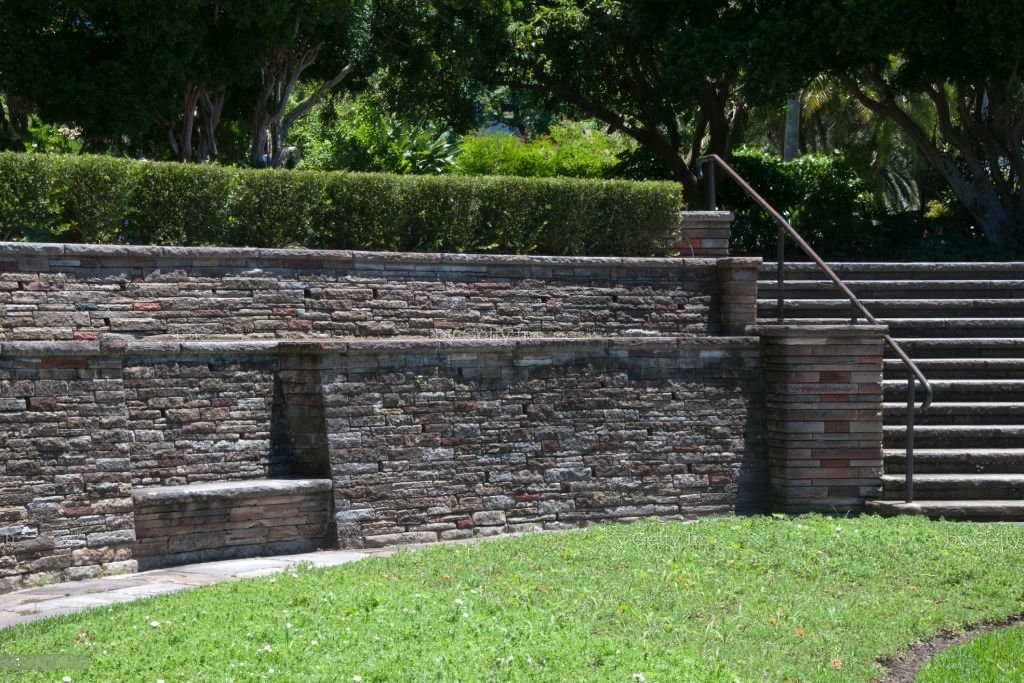A retaining wall is built to hold back soil and prevent erosion. It is usually constructed in areas where the natural slope of the ground is steep or uneven. Retaining walls can be made from various materials, such as concrete blocks, brick, or stone, and can be designed to complement the surrounding landscape.
One question often arises when considering a retaining wall is whether it is a permanent structure. The answer to this question is yes. A retaining wall is designed to be a long-lasting and durable solution to soil erosion and slope stabilization. As such, it is considered a permanent structure that can add value and aesthetic appeal to your property.
If you are considering a retaining wall for your property, working with experienced retaining wall contractors is essential. They will be able to assess your property’s unique needs and design a that is both functional and visually appealing. Block retaining walls, in particular, are a popular choice due to their affordability, durability, and versatility.
A retaining wall is a permanent structure that can benefit your property, such as increased stability and aesthetic appeal. With the help of experienced contractors, you can design that meets your specific needs and enhances your property’s overall value.
How Do You Stabilize A Retaining Wall?
Retaining walls are essential to landscape design and construction, holding back soil and preventing erosion. However, they are also subject to various forces, such as water pressure and soil movements, which can cause them to shift or collapse over time. If you’re facing such issues, stabilizing your is crucial to prevent further damage and keep your property safe.
One option is to hire contractors to inspect and repair the . They can use techniques such as soil stabilization, drainage improvement, and wall reinforcement to prevent further damage and ensure the wall’s stability.
Another option is to construct a block retaining wall, designed to be stronger and more durable than other retaining walls. These walls are made from interlocking concrete blocks that provide a sturdy foundation and resist environmental factors such as weather and erosion.
Drainage is often a key factor. Proper drainage can reduce the pressure on the wall and prevent water from building up behind it. This can be achieved by installing a drainage system or ensuring existing drainage functions correctly.
Overall, stabilizing a retaining wall requires careful planning and attention to detail. Whether you hire professionals or take a DIY approach, it’s important to prioritize safety and promptly address any issues to prevent further damage.
Does A Retaining Wall Need Footing?
A retaining wall is an essential structure that provides support and stability to soil and prevents erosion. If you’re considering building a retaining wall, one question you might have is whether it needs a footing. The answer is yes. A retaining wall needs a foundation to ensure stability and durability.
Retaining wall contractors know that the footing is a crucial element in the construction process. A base is a solid foundation that distributes the weight of the wall evenly across the ground. Without a footing, the wall could shift or settle over time, causing damage to the wall and potential safety hazards.
Block retaining walls are popular for many homeowners because they are easy to install, affordable, and durable. However, even block retaining walls require a footing. The footing must be designed and installed correctly to ensure the wall’s stability and longevity.
In conclusion, footing is essential to a retaining wall’s construction. Retaining wall contractors understand the importance of the ground and will make sure it is designed and installed correctly. Block retaining walls are an excellent choice for many homeowners, but they still require a properly installed footing to ensure their durability and stability.
How Do I Build A Concrete Block Retaining Wall?
If you’re considering building a retaining wall on your property, it’s essential to understand the basics of construction. A retaining is designed to hold soil in place, preventing erosion and landslides. There are various types of retaining walls, but block retaining walls are a popular option due to their durability, affordability, and ease of construction.
The first step is to plan the layout and design of the wall. Consider factors like the wall’s height, length, and drainage requirements, and ensure you have the necessary tools and materials.
When building the wall, following proper construction techniques and guidelines is essential. This is where retaining wall contractors come in handy. These professionals have the expertise and experience to ensure your wall is constructed correctly, safely, and within local building codes and regulations.
To start building the wall, begin by excavating the area where the wall will be located. Then, prepare the base by leveling and compacting the soil. Next, lay the first course of blocks, ensuring they are level and securely placed. As you continue building the wall, backfill and compact the soil behind the wall to provide stability and prevent erosion.
Building a block requires careful planning, proper techniques, and the right tools and materials. Hiring a contractor can make the process smoother and ensure your fence is safe, durable, and long-lasting.





